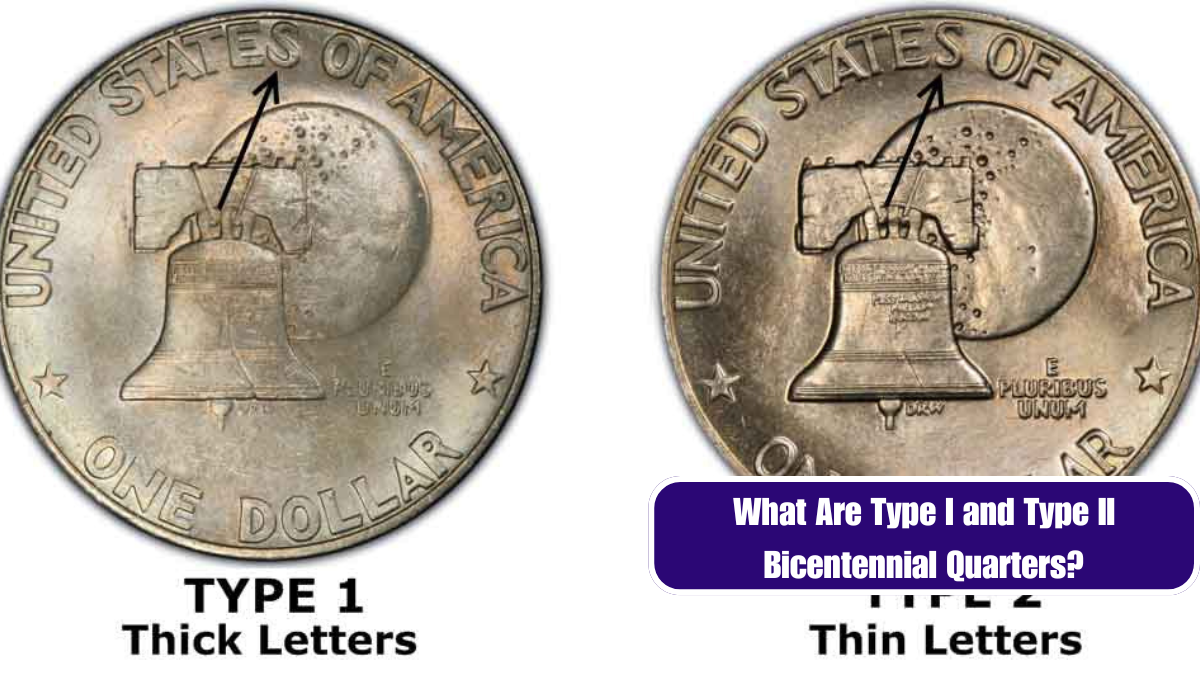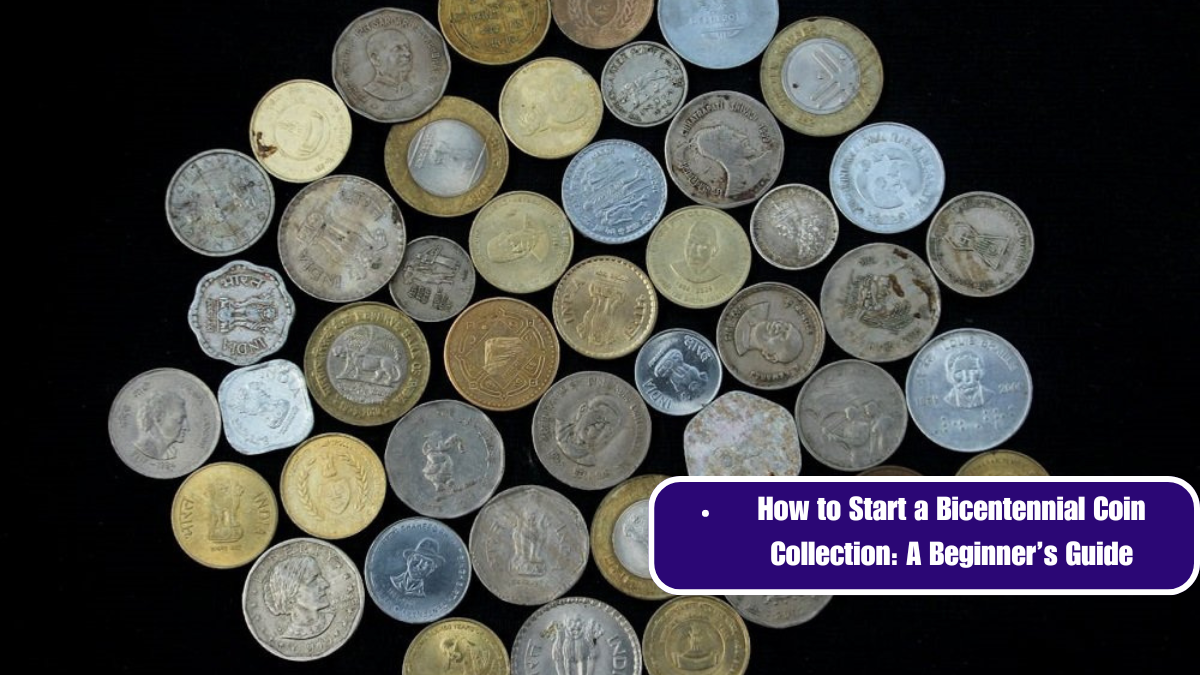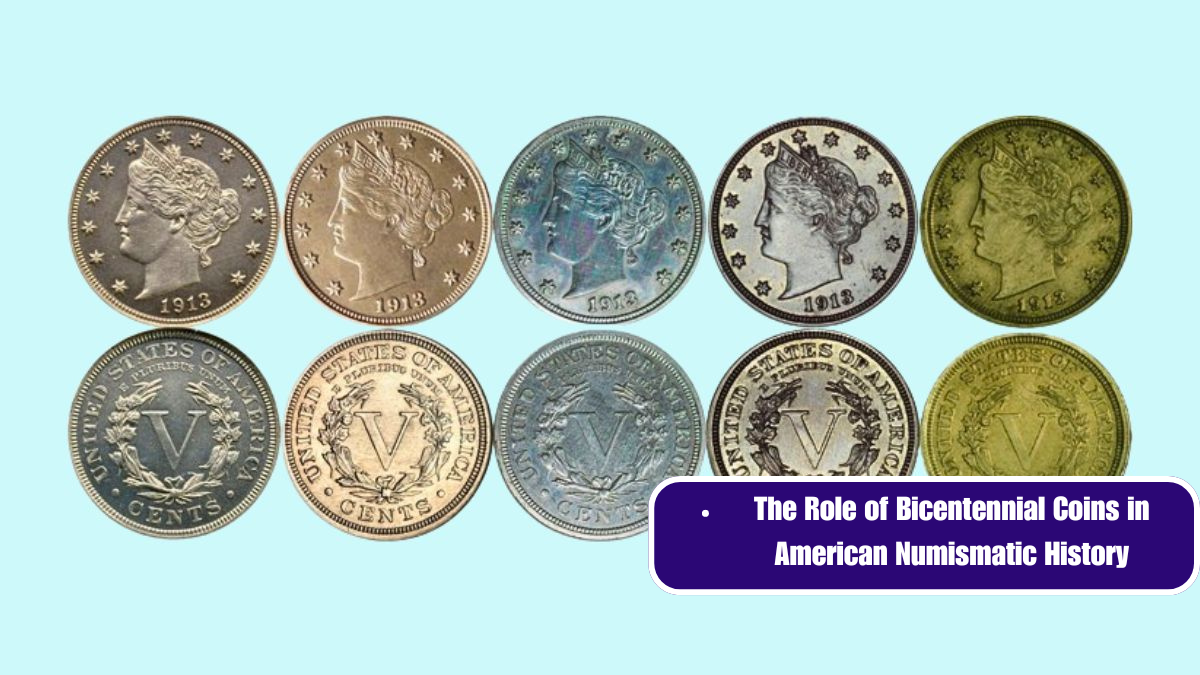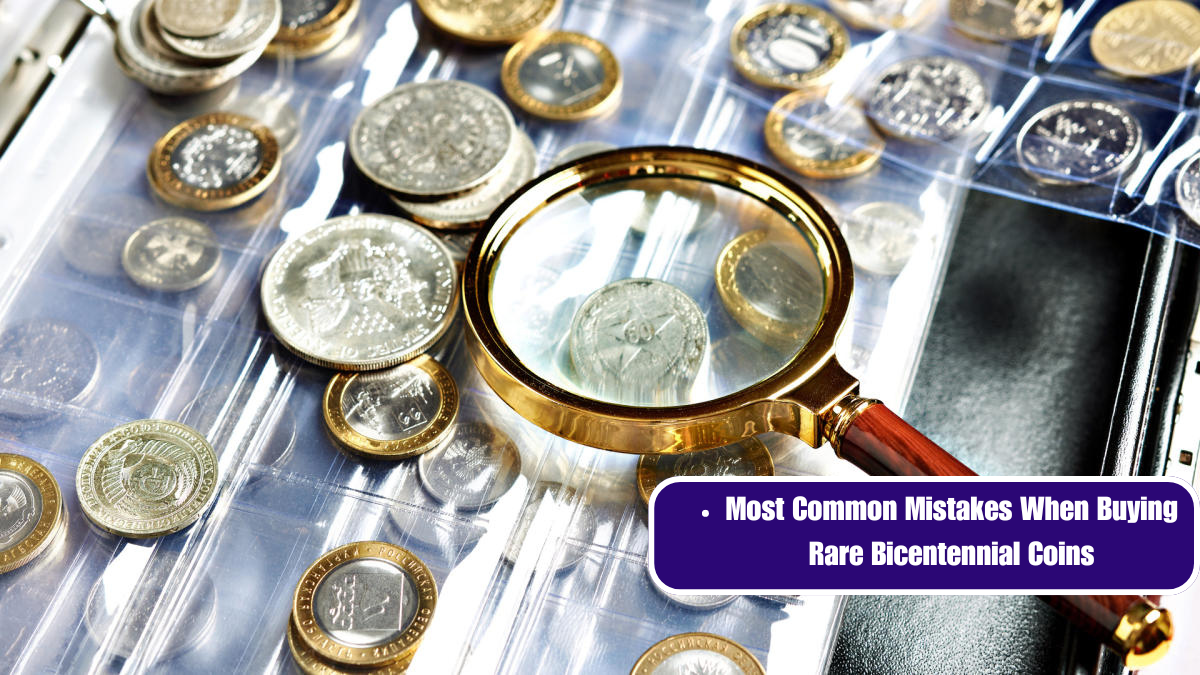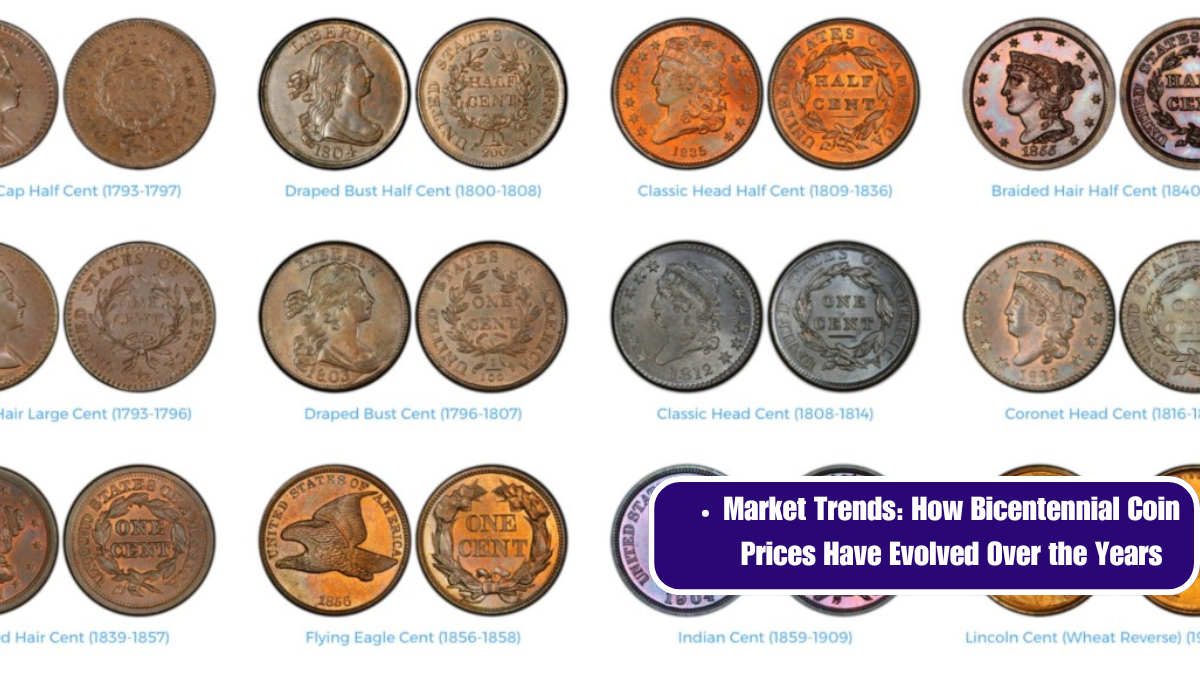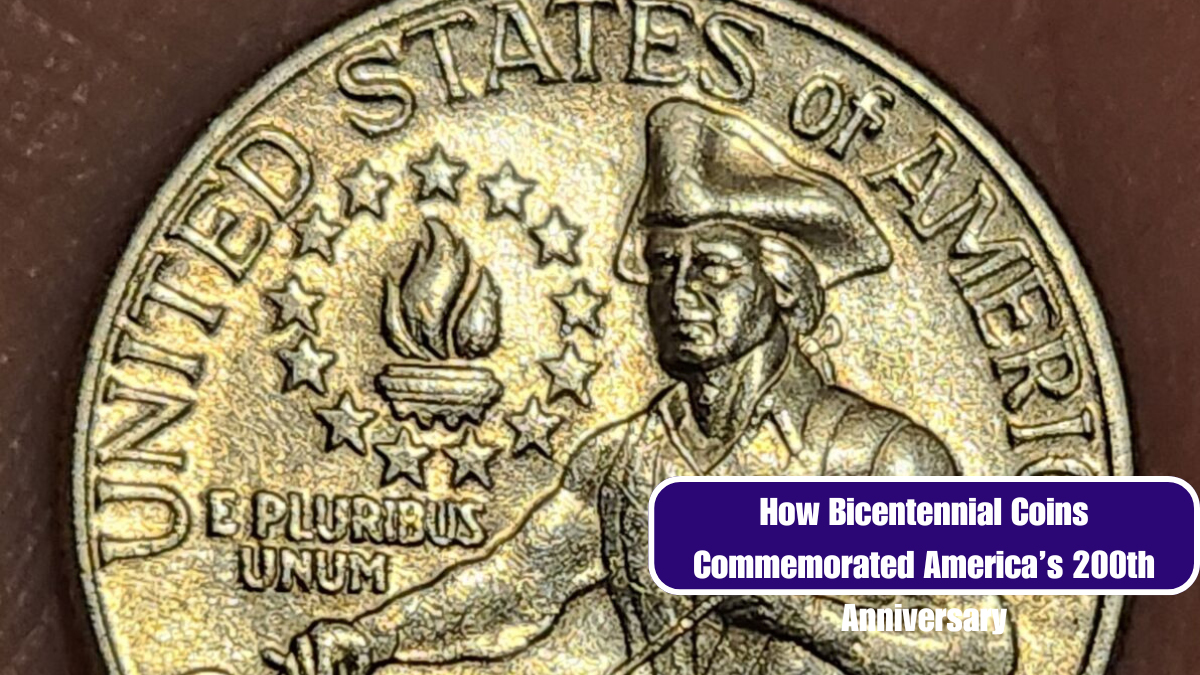In 1975 and 1976, the United States Mint issued a special series of quarters to commemorate the bicentennial of American independence. These quarters, known as the Bicentennial Quarters, are unique for their distinctive designs and have become highly collectible among numismatists. Within this series, there are two notable types: Type I and Type II. Understanding these two types is essential for collectors and history enthusiasts alike.
The Bicentennial Quarter Series
The Bicentennial Quarter series was part of a broader set of commemorative coinage that included the Bicentennial Half Dollar and the Bicentennial Dollar. The quarters were produced with a special reverse design to celebrate the 200th anniversary of the signing of the Declaration of Independence.
Design Overview
Obverse Design: The obverse (front) of the Bicentennial Quarter features the familiar profile of George Washington, as designed by John Flanagan, which was first used on the quarter in 1932.
Reverse Design: The reverse (back) of the coin is where the differences between Type I and Type II quarters become apparent. Both types feature a unique design created by Dennis R. Williams and are part of the commemorative theme.
Type I vs. Type II Bicentennial Quarters
Type I Bicentennial Quarter:
- Design Features: The Type I quarter, also known as the “Type I Reverse,” features a distinctive design on the reverse. It showcases the Liberty Bell superimposed over the moon. The bell is in the foreground with the moon in the background, creating a sense of depth and dimension.
- Mint Marks: The Type I quarters were produced in both Philadelphia and Denver, with the mint mark (P for Philadelphia and D for Denver) placed on the obverse, below George Washington’s portrait.
- Production Years: Type I quarters were struck in 1975 and 1976, with the design being the first used in this special bicentennial series.
Type II Bicentennial Quarter:
- Design Features: The Type II quarter, known as the “Type II Reverse,” has a subtle yet significant design change. In this version, the Liberty Bell is depicted without the moon in the background. Instead, the bell stands out more prominently, with a simplified background.
- Mint Marks: As with the Type I quarters, the Type II quarters bear mint marks on the obverse, with the same Philadelphia (P) and Denver (D) distinctions.
- Production Years: The Type II quarters were also produced in 1975 and 1976, following the Type I quarters.
Collectibility and Value
Rarity and Demand: Both Type I and Type II Bicentennial Quarters are popular among collectors. However, Type II quarters are generally considered to be less common due to lower production quantities and are often more sought after in high-grade conditions.
Grading and Condition: The value of these quarters can vary widely based on their condition, with uncirculated and higher-grade specimens commanding premium prices. Grading services like the Numismatic Guaranty Corporation (NGC) and Professional Coin Grading Service (PCGS) can provide accurate assessments of coin quality.
Market Trends: As with many collectible coins, the market for Type I and Type II Bicentennial Quarters can fluctuate. Collectors should stay informed about current trends and values, which can be influenced by factors such as rarity, demand, and overall interest in bicentennial memorabilia.
The Bicentennial Quarters, featuring both Type I and Type II designs, offer a fascinating glimpse into America’s commemorative coinage. Whether you’re a seasoned collector or a newcomer to numismatics, understanding the distinctions between these types enhances the appreciation of this historical series. Each quarter serves as a tangible reminder of the 200th anniversary of American independence, making them cherished items in the world of coin collecting.
